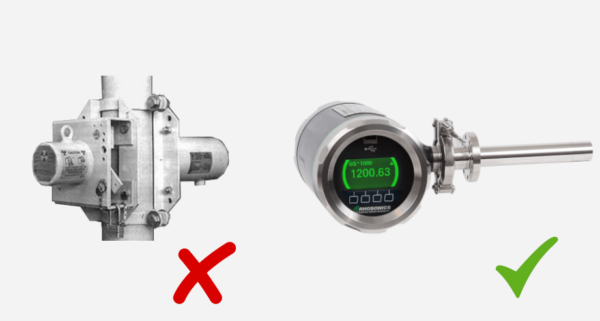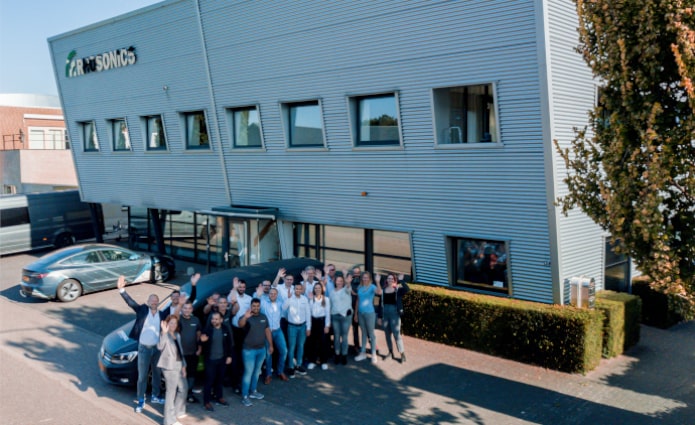End-users in the mineral processing and dredging industries often report issues related to their nuclear gauges. A few examples are: Regulations, disposal of the old source, radiation leakage inspections, storage, radiation safety training, and transportation. For this reason, companies are looking for alternative methods to measure slurry density in their production processes.
There is a large need to migrate from nuclear density gauges to ultrasonic density meters. The transition to ultrasonic density meters will offer benefits such as reducing operational costs and improving safety on-site. The operational expenses are significantly reduced because the ultrasonic density meters do not require repeated maintenance tasks and other expenses to comply with radiation safety regulations. Below you can find an example of the cost differences between nuclear and ultrasonic instruments. The purchase costs are comparable to the ultrasonic meter, but the installation costs in the nuclear sector in particular are higher due to specialist needed.




